Easter Celebrations and Tradition in Europe
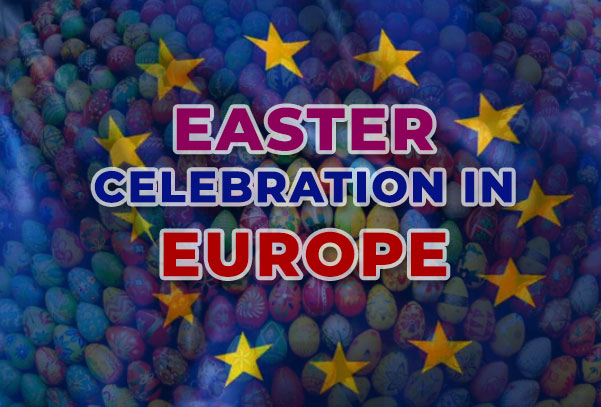
Europe is an Old continent, home to multiple countries with their own ethnic cultures, and this is reflected largely in the common religious festival of Easter. Though the basic nature of the celebrations in reverence to Christ, His crucification, and His resurrection is common, the way of celebrating differs across the countries. While France decides to fry an omelette with 1500 eggs, Portugal takes put nocturnal parades. Spain carries huge, leafy palms or olives in their parades, while UK villages perform the Morris dance. Norway prefers to read crime stories, while Swedish kids dresses up as little witches. Just scroll down, and enjoy reading this diverse Easter celebration in Europe, in her different European countries.
Easter doesn’t have a fixed date, as it is celebrated in the first Sunday after the full moon following the vernal or spring equinox. It will fall on a Sunday between March 25th and April 25th. Before Christianity, a similar, advent of Spring, pagan festival was also celebrated by the name of Eostre, signifying new life. Modern day Easter also celebrates new life represented by eggs, and end of winter. All the Easter symbols also represent Spring and New Life. Chances are, that these same symbols were associated with Jesus’s resurrection as well, which also represents new life. In many parts of Europe, huge bonfires are lighted on hilltops and in churchyards on Easter Eve. They are sometimes called Judas fires, because effigies of Judas Iscariot are frequently burned in them. The Easter bonfires predate Christianity and were originally intended to celebrate the arrival of spring. The burning effigy once symbolized winter.
Egg decoration time was common in pre historic times as well, however, only ostrich eggs were decorated. In the middle ages, the tradition shifted to poultry eggs. More on this can be found at the Easter egg museum at Kolomyia, Ukraine. The region is also famous for its treasure of the oldest found decorated eggs. Chocolate eggs or bunnies are much recent introduction, probably in the 19th century, that slowly has become to dominate Easter celebrations.

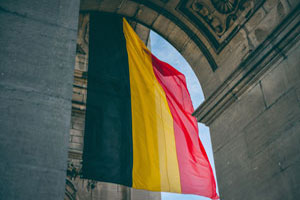 Belgium
Belgium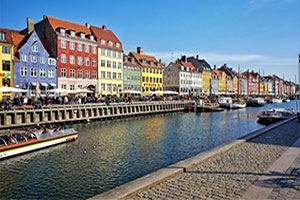 Denmark
Denmark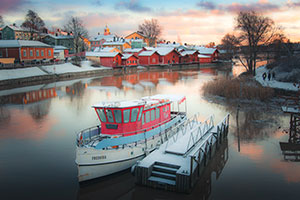 Finland
Finland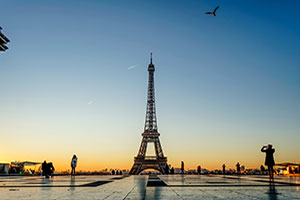 France
France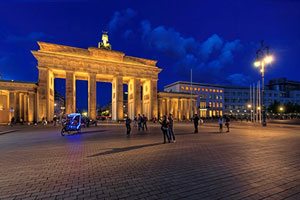 Germany
Germany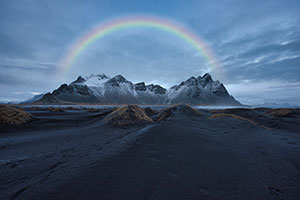 Iceland
Iceland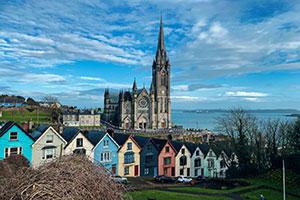 Ireland
Ireland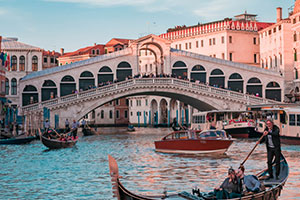 Italy
Italy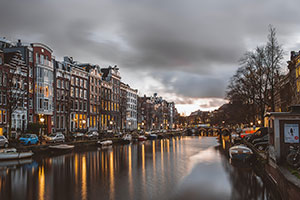 Netherlands
Netherlands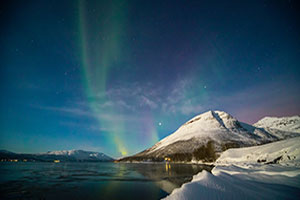 Norway
Norway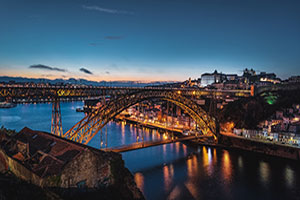 Portugal
Portugal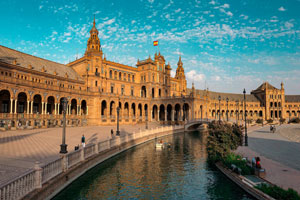 Spain
Spain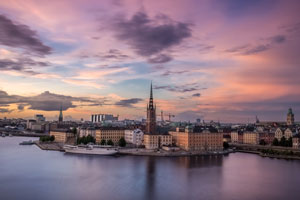 Sweden
Sweden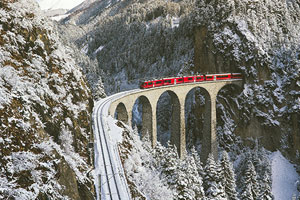 Switzerland
Switzerland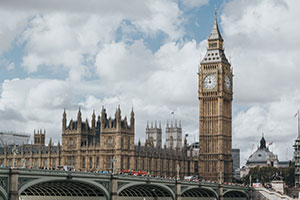 UK (United Kingdom)
UK (United Kingdom) Friendship Day
Friendship Day Good Morning
Good Morning